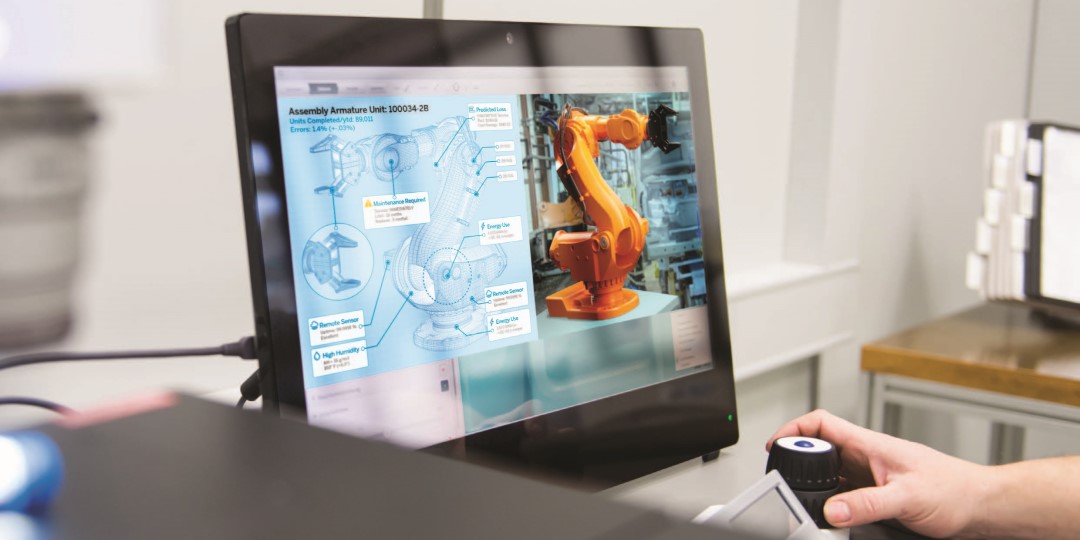
The Digital Twin: Evolution and Relevance

The Digital Twin
There is unprecedented variability in customer requirements and product definitions unlike before. Products or assets are designed on very customized requirements with specific raw materials, assemblies, components, or ingredients and produced on specific machinery by diverse players in the supply chain. The asset is sold at a specific price, under certain terms and conditions, and with specific service agreements.
Are companies equipped to effectively manage this level of diversity? Not yet. Their maintenance system is still designed around the assembly line kind of manufacturing catering to one standard model or type. This is where the concept of digital twin helps with asset management.
A digital twin establishes a direct connection between the physical product or asset and its designed, manufactured, and deployed digital representation. A digital twin is the digital identity of a machine or piece of equipment in the real world through IoT sensor data. This digital identity is used to provide a physical interpretation about a machine object without having to inspect the object physically.
This relationship can be used to intelligently assess design integrity, operational characteristics, and maintenance projections for each uniquely defined product or asset. Visibility at this level can lead to improved and accelerated product design, more effective maintenance operations, and a newly introduced service and business model. This opens the path to higher efficiency, improved safety, reduced downtime, and lower costs. Companies can also shift from regular, time-based maintenance and reactive equipment repair to predictive maintenance. By leveraging predictive analytics, companies can maximize equipment uptime and increase productivity.
Digital twins are created through system-level modelling and simulation, integration with 3-D physics analysis and model-based systems and software-engineering (MBSE).
Evolution of the Digital Twin
Initially, the Digital Twin definition oriented towards the product lifecycle management (PLM) and later embraced by to address the expectations of consumer markets where products could be upgraded by automatically pushing changes into products already in use.
With the advent of Industrial Internet of Things (IloT), the concept took flight and new technologies like advanced loT sensors got embedded in the products or assets that monitor and transmit environmental, operational, and structural dynamic information in real time. They enabled the ability to analyze and report changes in key parameters and functional conditions.
This approach led to advancements in predictive maintenance capabilities, created a foundation for the analysis of product and asset design improvements, and improved service-level agreement compliance. Extending further and commercializing aspects of the digital twin is the idea of the future and will generate unprecedented business value.
Applying Digital Twin
Let’s imagine a pump and its valves and seals. Imagine having thousands of pumps, valves and seals or other industrial assets in service. You can use digital twins to sync your end user control system to capture all running data of a pump. This allows you to model what’s happening in real-time of the pump and simulate the effects of modifications while it’s running at the customer site. This provides customer insight into how changes will improve operational efficiency, reduce maintenance costs, and understand root causes of failures.
Advanced visualization, IoT sensors, and analytics applied to assets on the Shop Floor allow operators, supervisors, and managers to test further scenarios to enhance real-time asset performance, predictive maintenance, quality, product improvement, and capturing customer demand trends. Data Analytics on a physical system will not tell you how to improve an object to avoid a failure, however, A digital twin, 3-D model of a physical system can do this.
Amar Kathi
Principal Solutions Architect



